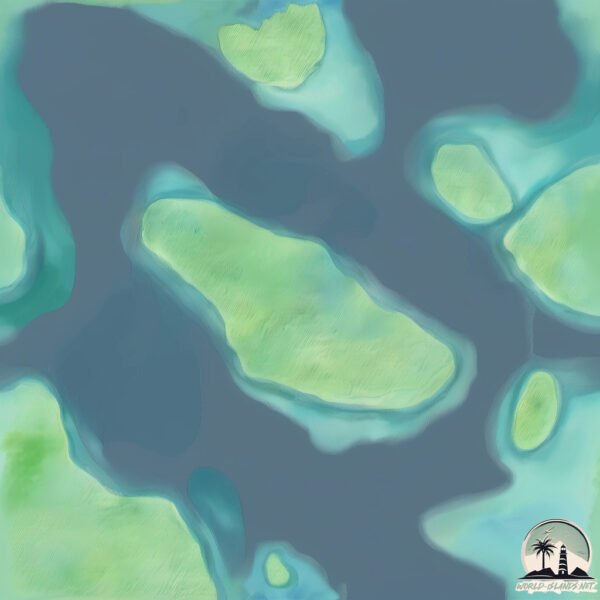Towara'o

Welcome to Towara’o, a Tropical island in the Solomon Sea, part of the majestic Pacific Ocean. This guide offers a comprehensive overview of what makes Towara’o unique – from its geography and climate to its population, infrastructure, and beyond. Dive into the details:
- Geography and Size: Explore the island’s size and location.
- Climate and Weather: Weather patterns and temperature.
- Topography and Nature: Uncover the natural wonders of the island.
- Infrastructure and Travelling: Insights on reaching, staying, and making the most of your visit.
- News and Headlines: Latest News.
Geography and size of Towara’o
Size: 1.568 km²
Coastline: 5.2 km
Ocean: Pacific Ocean
Sea: Solomon Sea
Continent: Oceania
Towara’o is a Small Island spanning 1.6 km² with a coastline of 5.2 km.
Archipel: Melanesia – A subregion of Oceania in the southwestern Pacific Ocean, including countries like Fiji, Solomon Islands, and Vanuatu, known for their diverse cultures and languages.
Tectonic Plate: Somalia – A large tectonic plate covering the Horn of Africa and parts of the Indian Ocean, known for the East African Rift where it’s splitting away from the African Plate.
The geographic heart of the island is pinpointed at these coordinates:
Latitude: -9.8344208 / Longitude: 160.83926723
Climate and weather of Towara’o
Climate Zone: Tropical
Climate Details: Tropical Rainforest Climate
Temperature: Hot
Climate Characteristics: This climate is typified by heavy rainfall throughout the year, high humidity, and consistently high temperatures, leading to lush rainforests and rich biodiversity. Seasonal temperature variations are minimal.
Topography and nature of Towara’o
Timezone: UTC+11:00
Timezone places: Pacific/Guadalcanal
Max. Elevation: 16 m
Mean Elevation: 12 m
Vegetation: Mangrove Forest
Tree Coverage: 59%
The mean elevation is 12 m. The highest elevation on the island reaches approximately 16 meters above sea level. The island is characterized by Plains: Flat, low-lying lands characterized by a maximum elevation of up to 200 meters. On islands, plains are typically coastal lowlands or central flat areas.
Dominating Vegetation: Mangrove Forest
Found in coastal areas and river deltas, these unique wetland ecosystems are adapted to saline conditions and are crucial for coastal protection and biodiversity. Towara’o has a tree cover of 59 %.
Vegetation: 2 vegetation zones – Low Diversity Island
Islands with two distinct vegetation zones offer slightly more ecological variety. These zones could be due to differences in elevation, moisture, or other environmental factors. While still limited in biodiversity, these islands may offer a contrast between the two zones, such as a coastline with mangroves and an inland area with grassland.
Infrastructure and Travelling to Towara’o
Does the island have a public airport? no.
There is no public and scheduled airport on Towara’o. The nearest airport is Marau Airport, located 3 km away.
Does the island have a major port? no.
There are no major ports on Towara’o. The closest major port is HONIARA, approximately 108 km away.
The mean population of Towara’o is 87 per km². Towara’o is Gently Populated. The island belongs to Solomon Islands.
Continuing your journey, Maramasike is the next notable island, situated merely km away.
Tavanipupu, Solomon Islands
Solomon Islands is classified as Least developed region: Countries that exhibit the lowest indicators of socioeconomic development, with the lowest Human Development Index ratings. The level of income is Lower middle income.
News – Latest Updates and Headlines from Towara’o
Stay informed with the most recent news and important headlines from Towara’o. Here’s a roundup of the latest developments.
Please note: The data used here has been primarily extracted from satellite readings. Deviations from exact values may occur, particularly regarding the height of elevations and population density. Land area and coastline measurements refer to average values at mean high tide.
